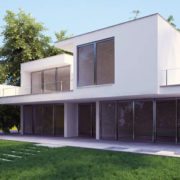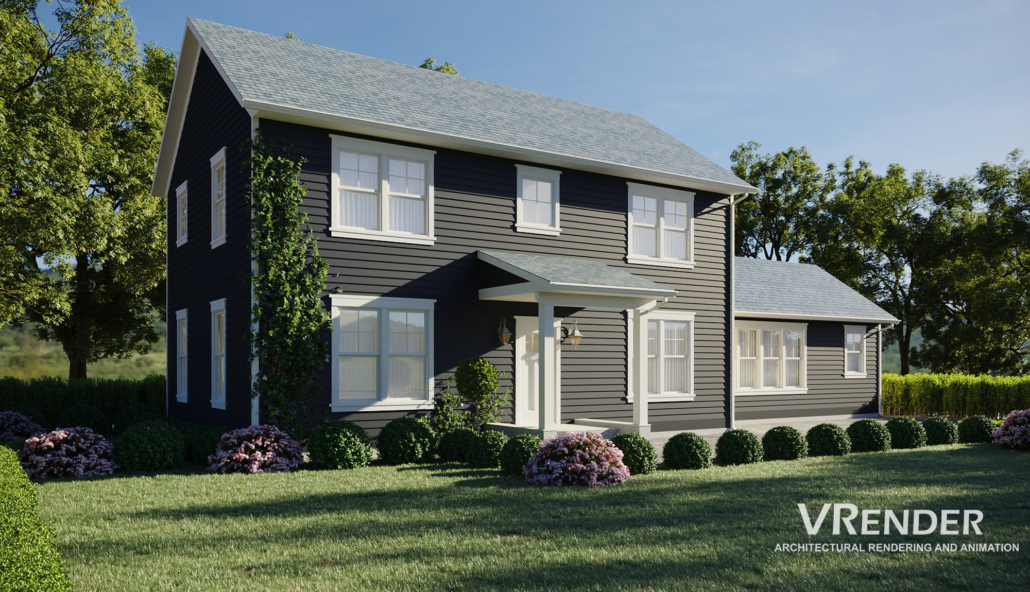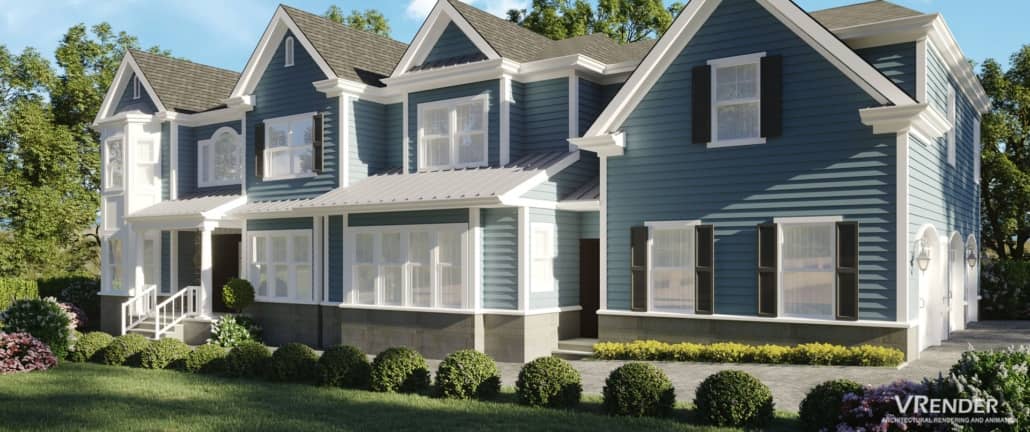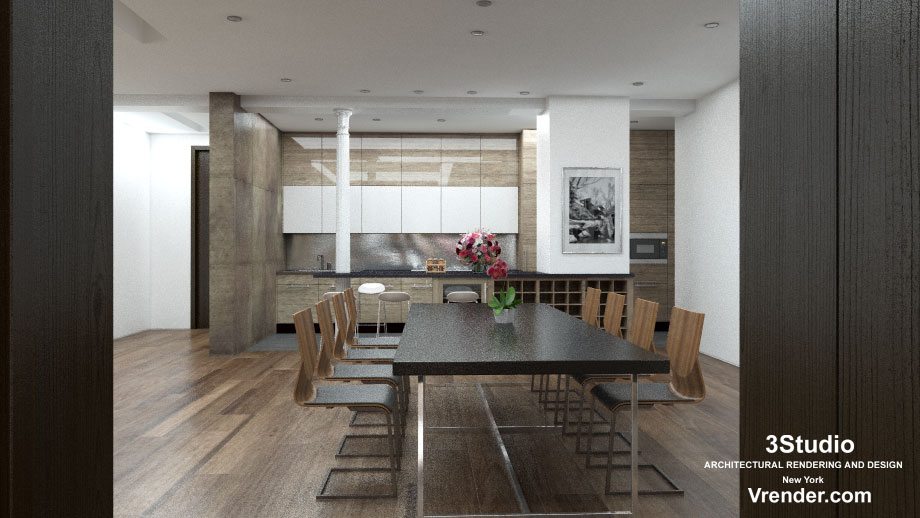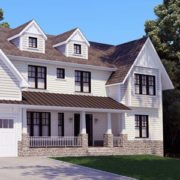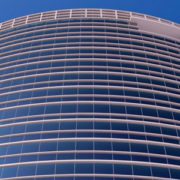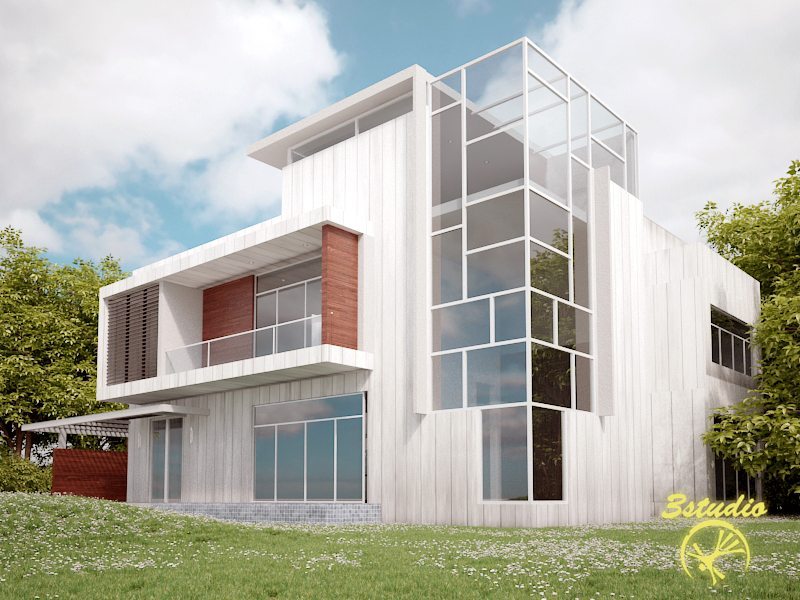3D Rendering Explanation
3D rendering is the process of converting 3D models into 2D images on a computer. This is commonly used in various industries, including video games, architecture, medical imaging, and film and television for special effects. The process involves a series of steps that simulate light as it interacts with virtual objects to produce an image that looks realistic or stylistically pleasing, depending on the desired outcome.
Here’s an overview of the general process involved in 3D rendering:
1. Modeling: Before rendering can occur, there must be a 3D model. This is the process of creating a digital representation of any three-dimensional surface of an object via specialized software. The model includes not only the geometry of the object but can also include textures and material specifications that define its appearance.
2. Lighting Setup: The next step is to simulate lighting within the scene. Lights can be set up in the software to mimic various natural and artificial light sources, like the sun, lamps, or glow from a computer screen. The position, color, and intensity of the lights are adjustable, contributing to the mood and realism of the rendered image.
3. Texturing and Material application: Textures and materials are applied to the 3D model to give it color, reflectivity, transparency, and texture-like roughness or smoothness. This step is crucial because real-world objects have complex surfaces that reflect light differently, and these characteristics need to be simulated digitally.
4. Setting up the Camera: Just like in photography, a virtual camera is placed in the scene to capture the final image from a specific viewpoint. The camera’s position, focal length, depth of field, and other characteristics are adjustable.
5. Rendering: This is the actual computation phase where the computer uses algorithms to simulate how light interacts with the objects in the scene. There are different rendering techniques, including:
– Ray tracing: Simulates the way rays of light interact with objects in a scene, including reflection, refraction, and shadows. It is computationally intensive but produces highly realistic images.
– Rasterization: Converts the 3D objects into a 2D image by projecting the vertices onto a plane. It’s less computationally intensive than ray tracing and is often used in real-time applications like video games.
– Radiosity: Calculates the spread of light from surfaces in the scene. It is often used in conjunction with other techniques to achieve more realistic lighting, especially for indoor scenes.
6. Post-Processing: After rendering, the image can undergo additional modifications, called post-processing. This may include adding effects, adjusting color balance, or compositing the rendered image with other images or footage to achieve the final look.
The complexity of the rendering can vary greatly. For example, real-time rendering used in games is less complex and much faster but generally not as realistic as the rendering used in movies, which can take hours or even days for a single frame.
Software capable of 3D rendering includes programs like Blender, Autodesk Maya, 3ds Max, Cinema 4D, and many others. The hardware used can range from personal computers with powerful graphics cards to dedicated render farms, which are clusters of computers designed specifically for rendering.
In recent times, it has become rare for customers to buy products based on descriptions only, nowadays customers are hungry for something more – something almost realistic. 3D Rendering has become an effective tool that satiates hunger because it demonstrates the product as it is in the real world. It has become one of the key developments in the market that persuades a customer to order.
A qualitative three-dimensional model of a product allows potential buyers to examine it on all sides and to make adjustments to features such as color with only a click. More importantly, it has the following advantages:
- Every product can be better presented from the marketing perspective with the help of it;
- It is needed for in-depth development of every detail that pertains to a product;
- It allows converting a meager style of engineering drawing into a graphic prototype of a ready-made product;
- It is one of the few opportunities that allow a seller to present a new product to clients, even before its production;
- It is cheaper for a client to order a computational model than to search for a professional photographer.
3D visualization is one of the most demanded services among architects, landscapers and manufacturing industry representatives. This is of no major surprise because obviously, it makes ideas come alive and ultimately makes dreams come true. Rendering is especially popular in situations where the possibility of getting a photograph is hampered or impossible.
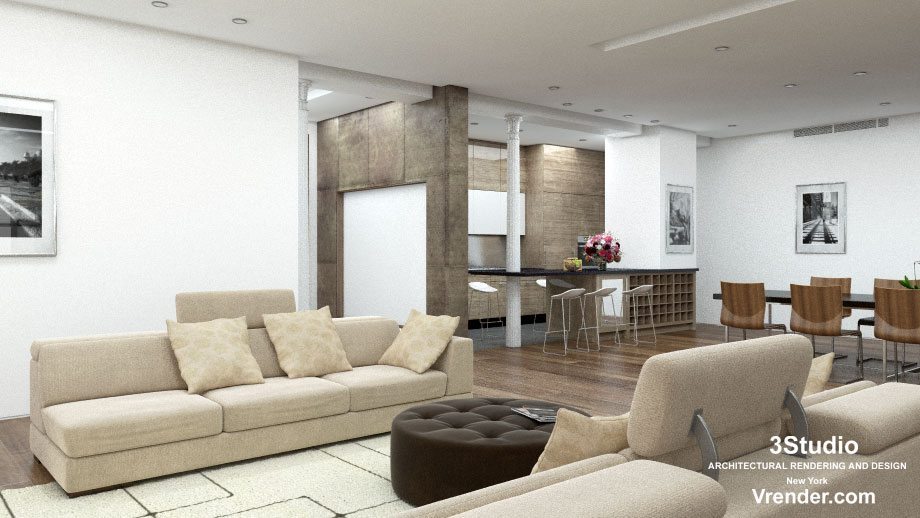
3D Rendering is relevant to everyone; for instance, as it helps a designer to demonstrate his building construction ideas to a client, so can it aid a photographer in taking into account the whole physics of lens and cameras during the installation of studio lighting, furthermore, it can assist in developing new models of jewelry, souvenirs, children’s toys, and many other things – this list is inexhaustible.
Experience has proven that 3D rendering services are becoming popular by the hour. However, it is necessary to entrust it only to professionals, if you wish to derive the utmost benefit from it.
- How to add perspective to architectural projects with digital 3D rendering help - December 24, 2023
- 3D Architectural Walkthrough Animation Services New York - April 24, 2019
- 3D Rendering Services in San Francisco, California - March 12, 2019

